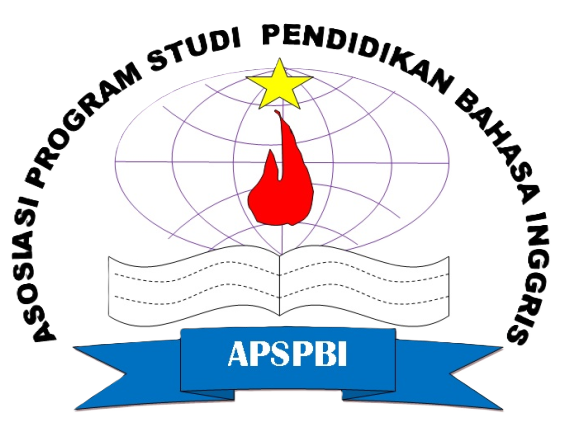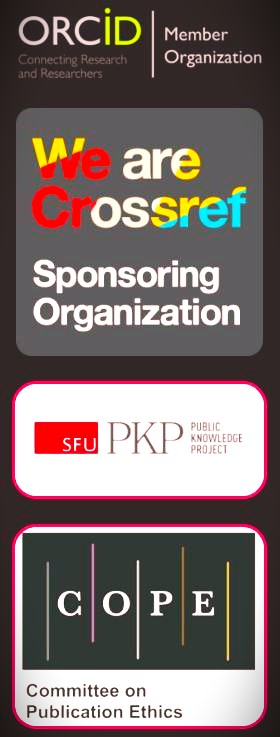IMPROVING THE STUDENTS' LISTENING COMPREHENSION THROUGH LEARN ENGLISH LISTENING APP: A CLASSROOM ACTION RESEARCH
DOI: https://doi.org/10.26618/exposure.v13i1.14423
Classroom Action Research, Learn English Listening App, Listening Comprehension.
Abstract
This research investigated the impact of the "Learn English Listening App" on eighth-grade students' listening comprehension. The design of Classroom Action Research (CAR) was used in this study. Two cycles of pre and post-tests, observations, and interviews were conducted. In the first cycle, the app did not lead to a statistical improvement in listening. The mean post-test score (57) was lower than the mean pre-test (61). The observations indicated a positive attitude towards the app, yet some students underutilized its potential, highlighting the need for further support. Interviews provided insights, emphasizing the importance of additional guidance in applying the application. In the second cycle, the students were maximized to utilize the app, significantly improving listening comprehension (mean score: 72.67). The t-test analysis showed a difference (t ≈ 2.43) between the pre and post-test, confirming the app's effectiveness. The observations during the second cycle showed enhanced engagement. The "Learn English Listening App" proved valuable for enhancing eighth-grade students' listening skills. The classroom action research approach allowed for iterative adjustments, contributing to improved scores. In conclusion, the second cycle's t-test results, supported by classroom observations and interviews, provide robust evidence of the app's positive impact. Educators at Islam Al-Azhar 17 Pontianak and similar settings can consider integrating technology-based interventions like the app to enhance students' listening comprehension. Further research could explore its long-term effects and impact on other language skills.
References
Azieb, S. (2021). The critical period hypothesis in second language acquisition: A review of the literature. International Journal of Research in Humanities and Social Studies, 8 (4), 20-26.
Atmowardoyo, H., Weda, S., & Sakkir, G. (2021). Learning strategies in English skills used by good language learners in Millennial Era: A positive case study in Universitas Negeri Makassar. ELT Worldwide, 8 (1), 28-40.
Chen, C. M., Li, M. C., & Lin, M. F. (2022). The effects of video-annotated learning and reviewing system with vocabulary learning mechanism on English listening comprehension and technology acceptance. Computer Assisted Language Learning, 35 (7), 1557-1593. https://doi.org/10.1080/09588221.2021.1903763
Ciesielska, M., Boström, K. W., & Öhlander, M. (2018). Observation methods. In M. Öhlander & K. W. Boström (Eds.), Qualitative methodologies in organization studies: Volume II: Methods and possibilities (pp. 33-52). Routledge.
Gul, R., Ayub, A., Mazhar, S., Uddin, S. S., & Khanum, M. (2021). Teachers’ perceptions on students’ cultural and linguistic diversity and its impact on their approaches towards culturally teaching practices. TESOL International Journal, 16 (3-2), 1-14. https://doi.org/10.25130/tij-a201-02
Huang, L. (2022). An empirical study of integrating information technology in English teaching in the artificial intelligence era. Scientific Programming, 2022, Article ID 123456. https://doi.org/10.1155/2022/123456
Humeniuk, I., Kuntso, O., Popel, N., & Voloshchuk, Y. (2021). Mastering listening comprehension at ESP classes using TED TALKS. Advanced Education, 27-34.
Litovchenko, V. I., & Shmeleva, Z. N. (2020). Investigation of English as a medium of instruction as a pedagogical technology in university educational activities. In Journal of Physics: Conference Series https://doi.org/10.1088/1742-6596/1691/1/012194
Nisa, H. F., Izzah, L., & Hadi, M. S. (2022). The use of podcast to improve students' listening comprehension. Eltin Journal: Journal of English Language Teaching in Indonesia, 10 (1), 45-54.
Parnawi, A. (2020). Penelitian tindakan kelas (Classroom action research). Deepublish.
Rahayu, M. S. J., & Rahayu, E. M. (2023). The using of English animation movie to improve students' listening achievement in the new normal era. SELTICS, 6 (1), 48-59. https://doi.org/10.21009/seltics.v6i1.17521
Ross, A., & Willson, V. L. (2017). Paired samples t-test. In Basic and Advanced Statistical Tests (pp. 17-19). Brill.
Showkat, N., & Parveen, H. (2017). In-depth interview. Quadrant-I (e-text), 1-9.
Yaacob, A., Amir, A. S. A., Asraf, R. M., Yaakob, M. F. M., & Zain, F. M. (2021). Impact of YouTube and video podcast on listening comprehension among young learners. International Journal of Interactive Mobile Technologies, 15(20), 4-19. https://doi.org/10.3991/ijim.v15i20.17919
Yusupova, S. (2022). The importance of English and technical thinking for students of technical universities. Berlin Studies Transnational Journal of Science and Humanities, 2 (1.5 Pedagogical sciences).
Downloads
Published
How to Cite
Issue
Section
License
Authors who publish with this journal agree to the following terms:
In order to assure the highest standards for published articles, a peer review policy is applied. In pursue of the compliance with academic standards, all parties involved in the publishing process (the authors, the editors and the editorial board and the reviewers) agree to meet the responsibilities stated below in accordance to the Journal publication ethics and malpractice statement.
Duties of Authors:
- The author(s) warrant that the submitted article is an original work, which has not been previously published, and that they have obtained an agreement from any co-author(s) prior to the manuscript’s submission;
- The author(s) should not submit articles describing essentially the same research to more than one journal;
- The authors(s) make certain that the manuscript meets the terms of the Manuscript Submission Guideline regarding appropriate academic citation and that no copyright infringement occurs;
- The authors(s) should inform the editors about any conflict of interests and report any errors they subsequently, discover in their manuscript.
Duties of Editors and the Editorial Board:
- The editors, together with the editorial board, are responsible for deciding upon the publication or rejection of the submitted manuscripts based only on their originality, significance, and relevance to the domains of the journal;
- The editors evaluate the manuscripts compliance with academic criteria, the domains of the journal and the guidelines;
- The editors must at all times respect the confidentiality of any information pertaining to the submitted manuscripts;
- The editors assign the review of each manuscript to two reviewers chosen according to their domains of expertise. The editors must take into account any conflict of interest reported by the authors and the reviewers.
- The editors must ensure that the comments and recommendations of the reviewers are sent to the author(s) in due time and that the manuscripts are returned to the editors, who take the final decision to publish them or not.
Authors are permitted and encouraged to post online a pre-publication manuscript (but not the Publisher’s final formatted PDF version of the Work) in institutional repositories or on their Websites prior to and during the submission process, as it can lead to productive exchanges, as well as earlier and greater citation of published work (see The Effect of Open Access). Any such posting made before acceptance and publication of the Work shall be updated upon publication to include a reference to the Publisher-assigned DOI (Digital Object Identifier) and a link to the online abstract for the final published Work in the Journal.













